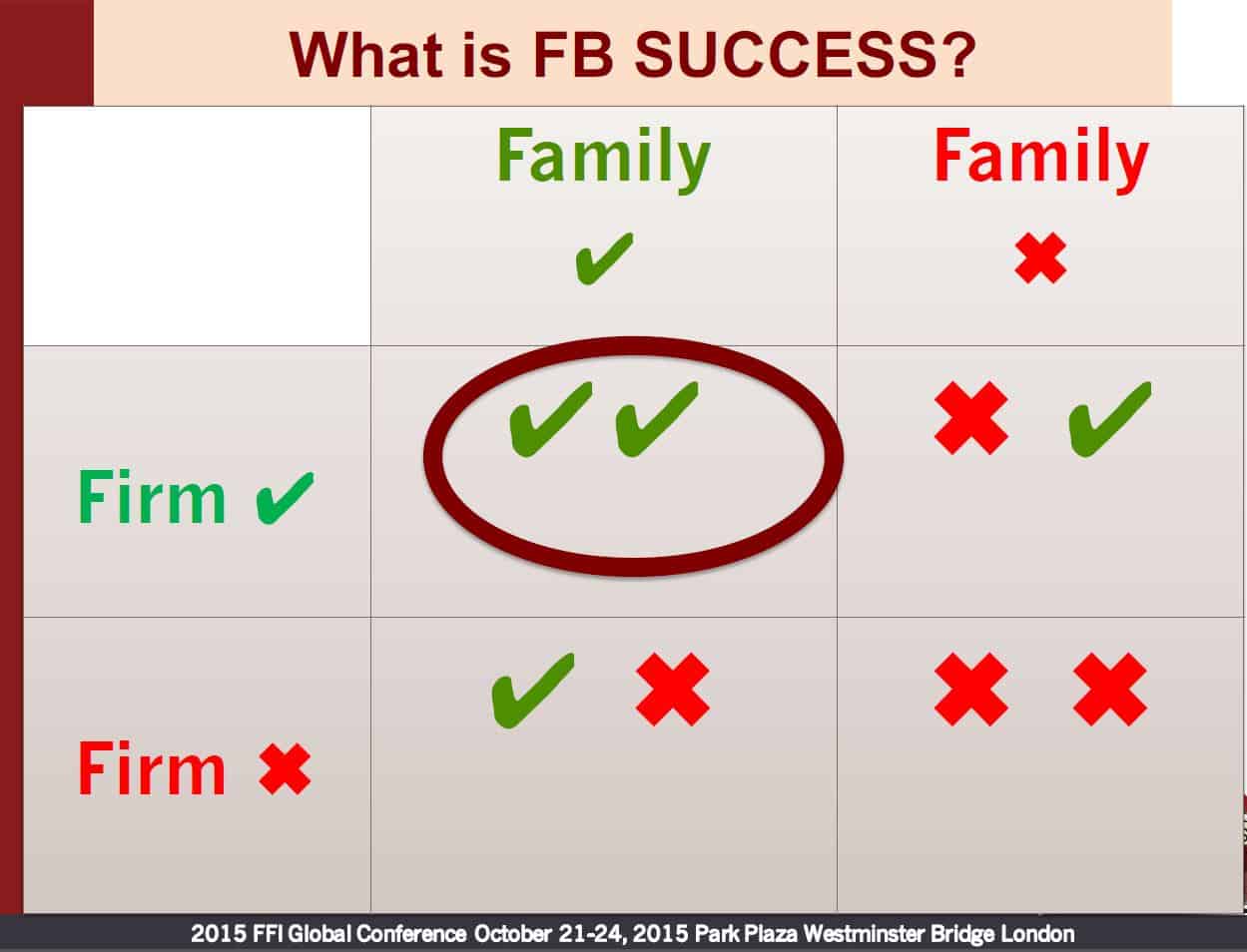 The Preferred Embodiment of Family Business Success
The Preferred Embodiment of Family Business Success
The title of this post was designed to elicit a raised eyebrow, and kind of a “hunh?” or “WTF” response from readers. If you recognize the term “preferred embodiment” you are very likely part of a small minority of readers. Allow me to explain what I am attempting to do with this week’s blog.
We have all arrived where we are today via a unique journey, during which we have played a variety of roles at various stages of our lives. Occasionally, I like to revisit previous stages of my life, and see what I can learn from trying to tie certain aspects of things I was working on back then with things I am working on now.
“Preferred Embodiment” is a term that is very familiar to anyone working in the sometimes obscure world of intellectual property (IP), namely the patent area. IP comprises Trade Marks, Copyrights, and Patents, along with some other related subjects including trade secrets, software patents, service marks, etc., along with the licensing of the rights associated therewith.
Sorry for sounding a bit too much like a lawyer there, but this is part of my past. I actually did attend law school, but only for one year, as part of the journey I referred to above. It was exactly twenty years ago, as I enrolled in the MIP (Master of Intellectual Property) program at Franklin Pierce Law, which has since been absorbed into the University of New Hampshire.
This was during a time in my life when I was trying to figure out what I wanted to be when I grew up, despite the fact that I was in my thirties. Our company held a handful of patents on some innovations that my father had come up with and developed, and after selling our operating business, in addition to the real estate and investment accounts we owned, this small IP portfolio was our most significant asset.
I had discovered the MIP program and decided to enroll, after securing the go ahead from my Dad, as well as permission from my wife (she said “OK, but do it now, before we have kids”).
So what about the “preferred embodiment”? Well, if you have ever read a patent, you know that the preferred embodiment is the best part. There is a lot of stuff that is usually a pretty dense read in the first part of the description, which is almost always purposefully difficult to understand, even by people familiar with the particular technology.
After getting through all that mumbo jumbo, you get to the good stuff, where the applicant must tell you what their invention really is, in its “preferred embodiment”, i.e. the best way to use it. For example, you could take all the parts of your lawn mower and turn them into an avant-garde sculpture, or, you could assemble them into a machine that cuts the grass, that is, its “prefered embodiment”.
Turning to the subject of family business, as I almost always do, how does the term “preferred embodiment” apply? I’m glad you asked.
One week ago today, I was in London, attending the Family Firm Institute’s annual conference, enjoying the educational component, taking a course called The Professional’s Toolbox. The instructors used a series of PowerPoint slides over the course of the day, and one of these slides just happens to summarize my view of the “Preferred Embodiment” of family business. I wanted to insert the image in the text here, but somehow I could only put it at the top of this post. I bit anti-climactic, but I think the point is very clear.
It is so darned simple, it is almost embarassing to share it as something useful, but at the same time, I know that it is forgotten or overlooked by many people, who should know better, far too often.
It is not always easy to achieve, but it is always worth striving for. And it is OK to ask for help when you need it.
(Thanks to Pramodita Sharma and Andrew Hier who taught the course, and one of whom I presume put that slide together)

